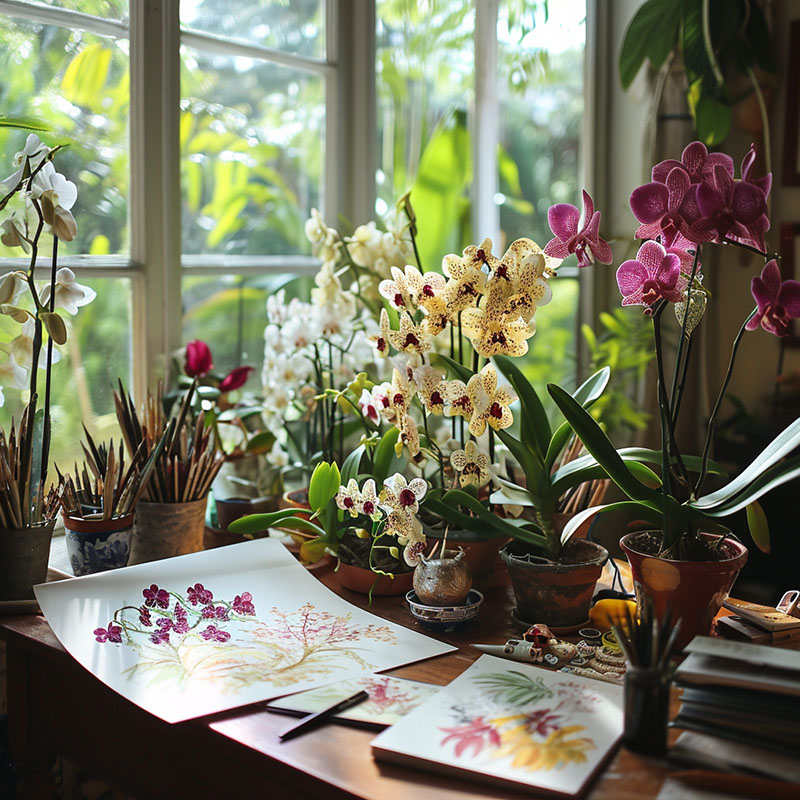
Orchids, belonging to the Orchidaceae family, are one of the largest and most diverse families of flowering plants. With over 25,000 species spread across every continent except Antarctica, orchids have adapted to a wide range of environments, from tropical rainforests to arid deserts. Their unique reproductive structures and intricate pollination mechanisms, often involving specific interactions with insects or other animals, contribute to their evolutionary success and fascinating variety.
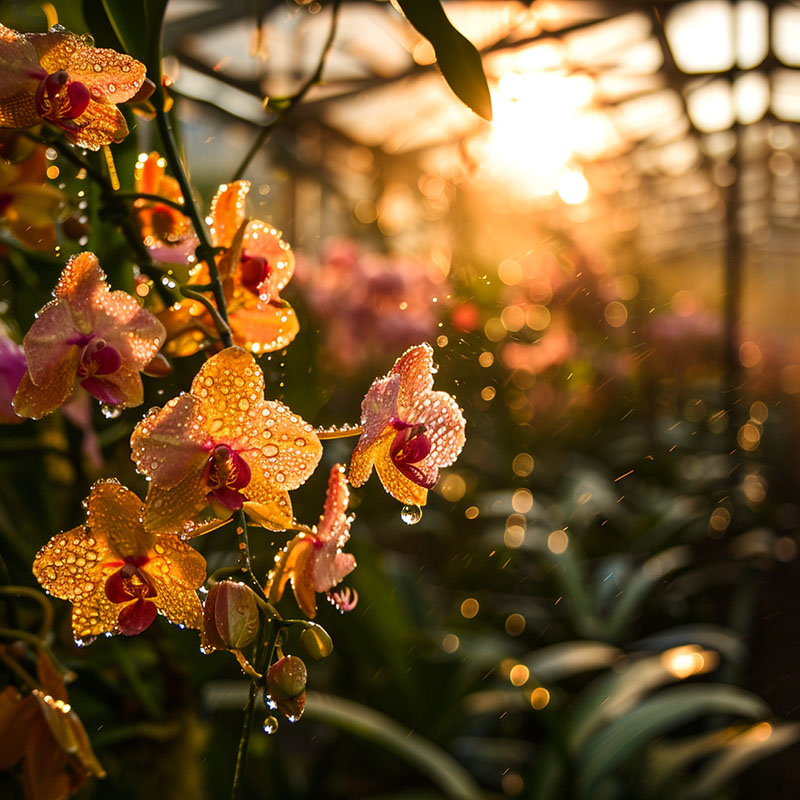
Orchids are renowned for their striking beauty and exotic appearances, which is why they are widely cultivated and revered in horticulture. Their flowers come in an astonishing array of shapes, sizes, and colors, with some mimicking the appearance of other creatures, such as bees or birds, to attract pollinators. This mimicry not only demonstrates the complexity of nature but also highlights the intricate relationship between plants and their pollinators.
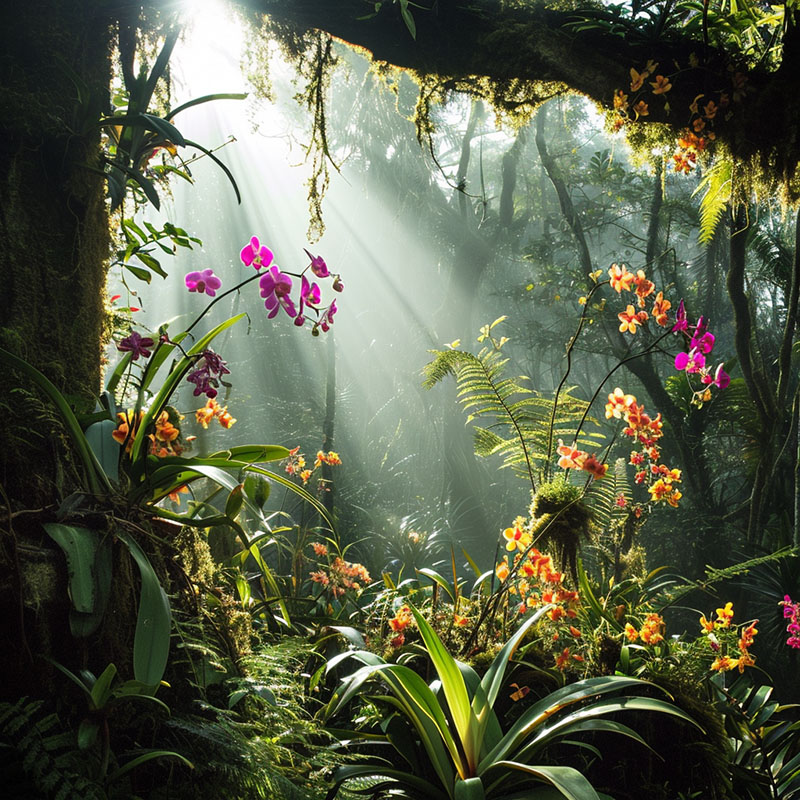
The cultivation of orchids has become a passionate pursuit for many enthusiasts around the world. Growing orchids, however, can be challenging as they often require specific conditions to thrive, including the right balance of light, temperature, humidity, and watering. Many species form symbiotic relationships with fungi, which makes replicating their natural environment crucial for their growth and blooming.
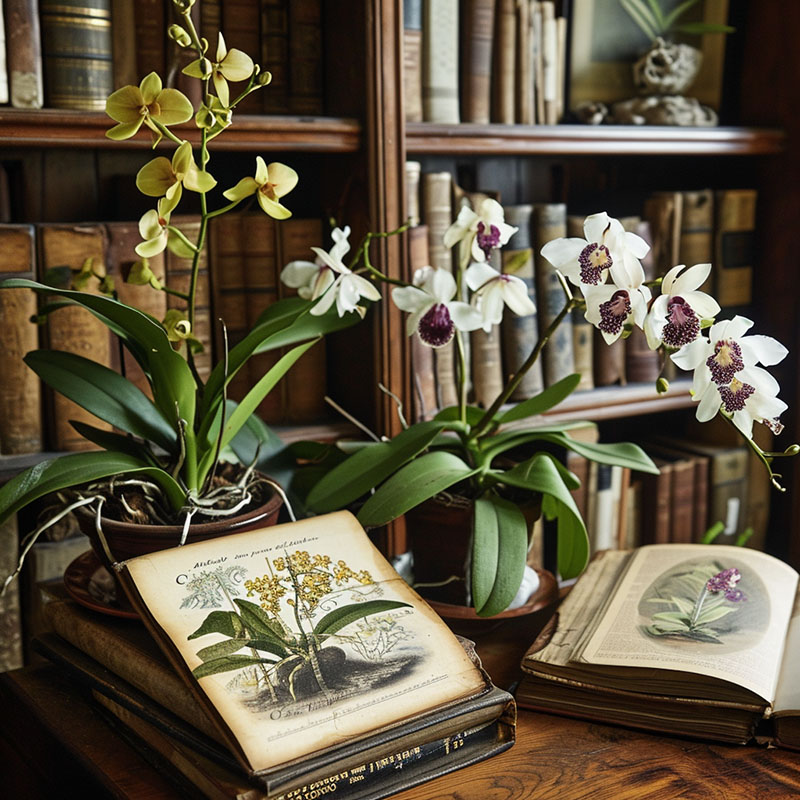
Apart from their aesthetic appeal, orchids have cultural and economic significance. In some cultures, they symbolize love, luxury, and beauty. Certain species, like the Vanilla orchid, are economically important as well. The pods of the Vanilla orchid are used to produce vanilla flavoring, a key ingredient in various culinary preparations and perfumes.
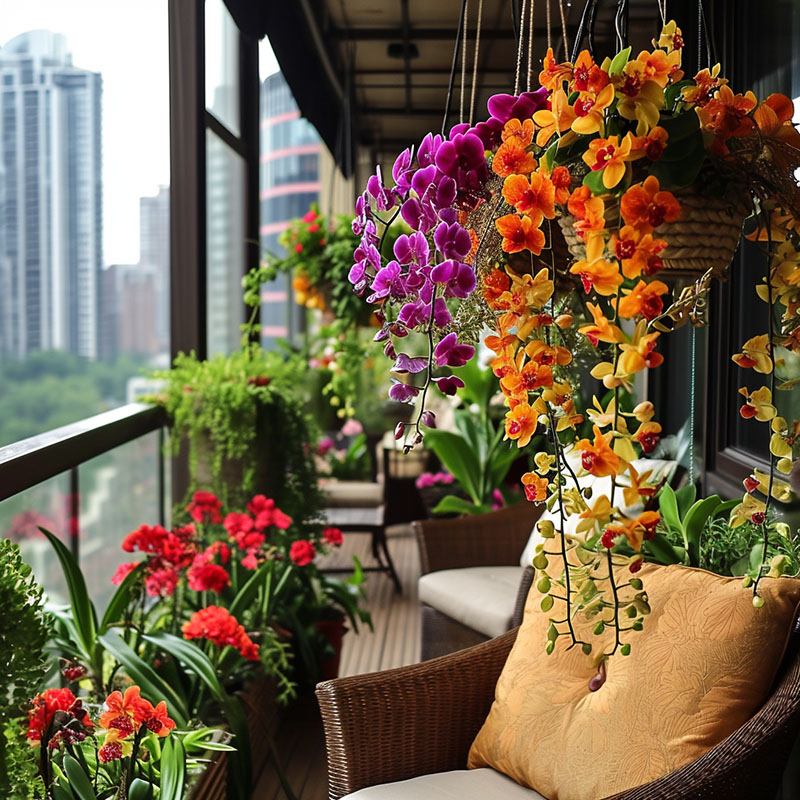
Conservation of orchid species has become an essential focus due to habitat loss and overcollection. Many species are listed as endangered or vulnerable, emphasizing the need for sustainable practices in both cultivation and trade. Conservation efforts include habitat protection, cultivation of endangered species in botanical gardens, and strict regulation of orchid trade under international agreements like CITES (Convention on International Trade in Endangered Species of Wild Fauna and Flora).
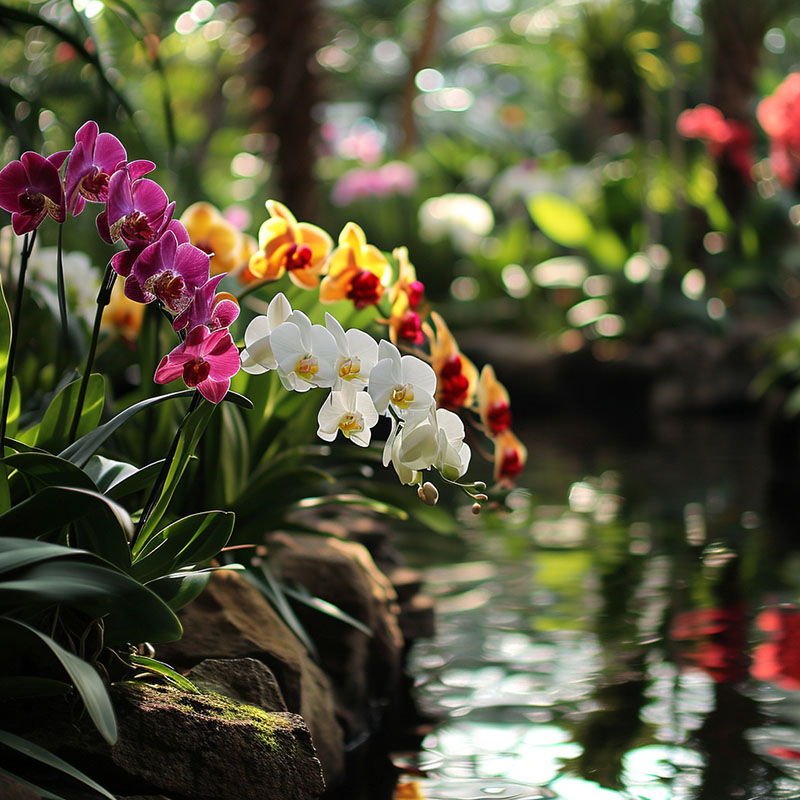
Overall, orchids represent an extraordinary chapter in the story of plant evolution. Their remarkable diversity and adaptability, coupled with their significance in ecosystems, horticulture, and culture, continue to captivate and inspire people around the globe. The enchanting world of orchids not only adds beauty to our environment but also offers valuable lessons in ecological interdependence and conservation.
National Park for Orchids in Tanzania
In March 2002, the Tanzanian government announced plans to create a new national park in a region known for its staggering diversity of orchids, marking the first protected area in tropical Africa set aside primarily for its floral significance.
The 52-square-mile park will safeguard part of the Kitulo Plateau, part of Tanzania's Southern Highlands. Known as the "Garden of God" by the region's local people, this remote grassland is covered for six months of the year in wildflowers; balsams, honey-peas, bellflowers, irises, lilies, and scores of terrestrial orchids -- many of them found nowhere else on earth.
The area also contains a variety of other wildlife, including unique chameleons, skinks, frogs and one of the world's rarest butterflies. In addition, the plateau is home to 12 globally significant bird species, including breeding colonies of blue swallows, mountain marsh widowbirds, and Denholm's bustards.
"The announcement to create this park is an innovative and laudable step demonstrating Tanzania's commitment to conserving biodiversity," said Dr Tim Davenport, a biologist for the New York-based Wildlife Conservation Society (WCS), which has been active in the Southern Highlands since 1999. "Tanzania is a leader in protecting wildlife and wild lands, and both its government and Tanzania National parks are to be congratulated."
Last year, WCS released a report documenting how the region's orchids were being strip-mined by local people, who exported the plants into neighboring Zambia, where they are eaten as a delicacy. In the report, WCS warned that some species could be wiped out in a matter of years without appropriate management.
According to Davenport, the Tanzanian government has invited WCS to continue its conservation work on the plateau, and to take on an active role as the park becomes a reality, particularly in exploring management plans.
Meanwhile, WCS continues its work in grasslands and forests across the Southern Highlands, carrying out ecological research, community conservation, tourism development, and support of regional administrations to protect this unique region and its wildlife.
The Wildlife Conservation Society is dedicated to saving wildlife and wild lands. With hundreds of field conservation projects around the globe, pioneering educational programs, and the nation's largest system of urban zoos, led by the flagship Bronx Zoo, the organization brings a unique set of assets to the work of protecting wild ecosystems. Central to this effort is inspiring people to get involved in safeguarding wildlife in an increasingly populated and developed world. The Wildlife Conservation Society is working to make future generations inheritors, not just survivors.